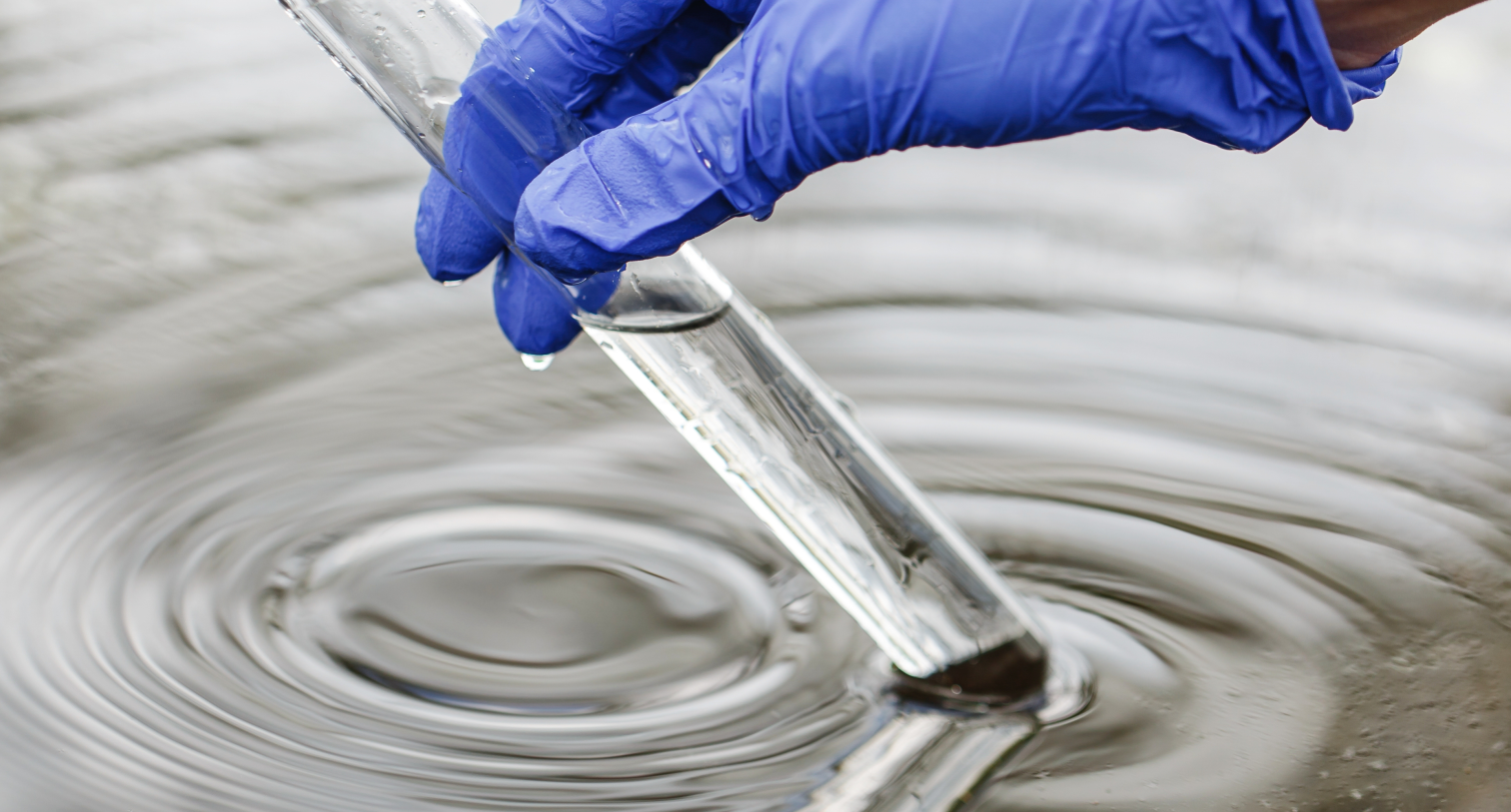Global NEST Journal

The Global NEST Journal is an open access journal that publishes original research articles, short papers and critical reviews on all aspects of Environmental Science and Technology, examples of which are:
- Air pollution and health,
- Circular Economy and Bioeconomy,
- Climate Change,
- Environmental management and policy,
- Hydrology and Water Resources Management,
- Solid Waste Management,
- Sustainable Energy,
- Water and Wastewater Treatment and Reuse.
Relevant topics incorporating the methodologies and state of the art of disciplines such as Environmental Management Policies, Ecosystems and Natural Resources Management, Hydrology and Water Resources Management, Clean Energy and Sustainability are included.
Submitted manuscripts are initially reviewed by the editor and selected after rigorous peer review by scientists in order to assess the significance, originality and appropriateness for publication.
Articles submitted to Global NEST Journal benefit from its broad scope and readership. We aim for a turnaround time of 4 weeks from submission to first decision.
Global NEST Journal is addressed to professionals in Academic, Consulting Offices, Government Agencies and Organisations, as well as others responsible for the investigations, evaluation of complicated environmental issues of global interest.
Print ISSN 1790-7632
Electronic ISSN 2241-777X
Journal Indexing
The 2024 Scopus CiteScore for the Global NEST Journal is 2.36. It is also ranked in the Q3 quartile for Environmental Science (miscellaneous).
Here's a breakdown of other key metrics:
- H-index: 41
- SJR: 1.5 (Q3) / 2 years
- ICV 2024: 153.75
Journal Impact Factor (JIF): The Journal Impact Factor (JIF) is not directly calculated in Scopus and is based on Web of Science data. Web of Science data. However, the Global NEST Journal does have a JIF, and the Journal Impact Factor (JIF) is 2-year Impact Factor is 1.5.
Index Copernicus Value (ICV) is a score presenting the level of development of journals registered in the ICI World of Journals database.
Scimago Journal and Country Rank (Scimago) provides information on the journal's H-index and SJR, while Researcher.Life lists the CiteScore and quartile. Web of Science Journal Info lists the JIF.
Latest articles
Comparative study of the diversity and distribution of crustacean communities in various freshwater biotopes of northeastern Algeria
by Bali Imene, Berghiche Hinda, Bendali-Saoudi Fatiha, Barour Choukri
Preparation of Ce-doped 001-TiO₂ Photocatalyst and Study on Its High-Efficiency Photocatalytic Degradation Performance and Mechanism for PFOA
by Zeng Wenqin, Chen Xie, Wang Jintao, Rong Tongshuai, Zhou Feng, Zhao Bohao
Performance evaluation of CMIP6 models for precipitation simulation and prediction of future extreme precipitation in China
by Ren Meifang, Zhang Rui, Yuan Fang
Indoor Air Pollution from Residential Cooking: Assessing Ventilation Behaviors, PM2.5 Exposure, and Health Implications in Urban Indian Homes
by Indushri Shanmuga Sundaram, Gandhimathi, Sri Pranap
Bioactive Compounds of Hemp (Cannabis sativa L.): A Review of Their Potential Therapeutic Applications
by Younas Zohaib, Ullah Faiz, Batool Atiya, Ahmad Maaz, Rahman Ubaidur, Yousaf Tayyaba, Hussain Chudary Sadam, Ahmad Ilyas, Ikram Muhammad, Shahid Mudassir, Mashwani Zia-ur-Rehman